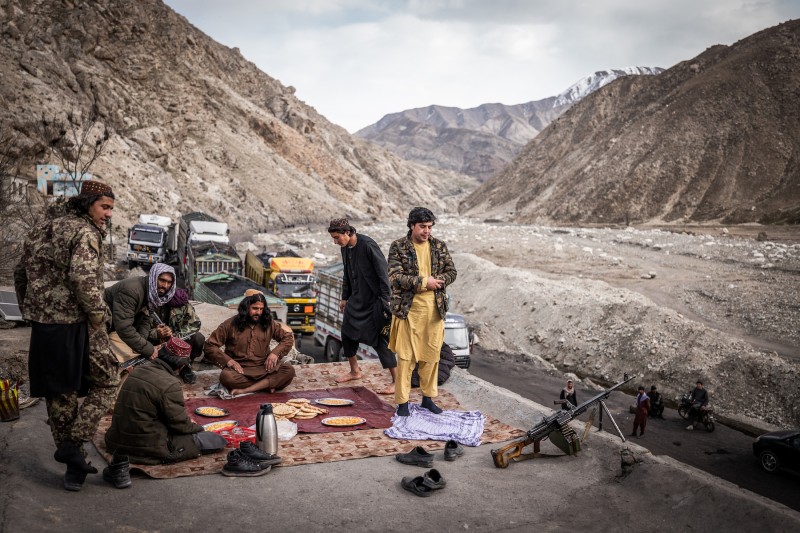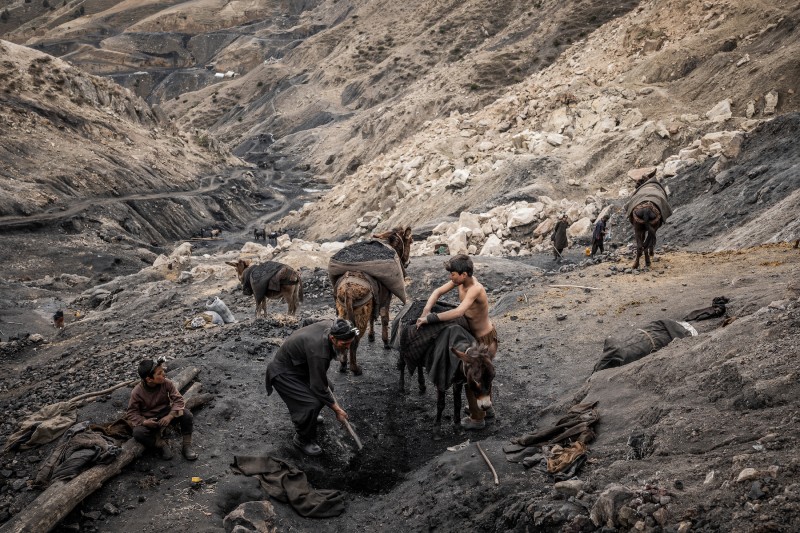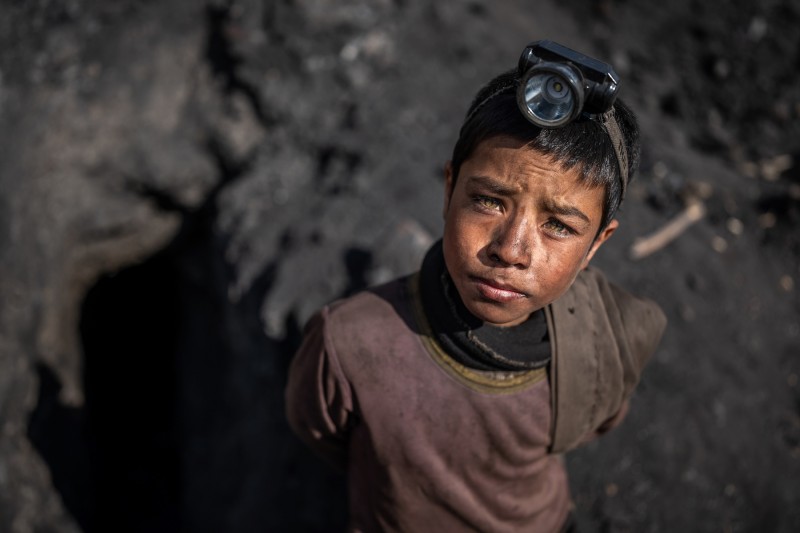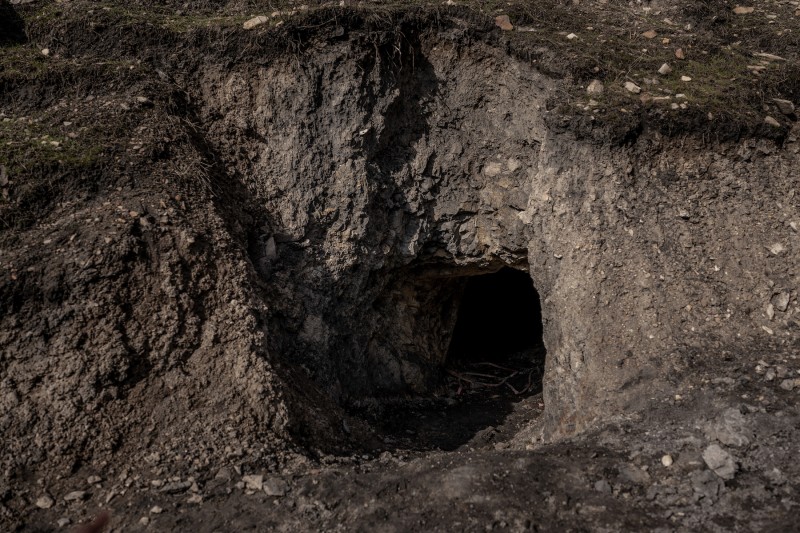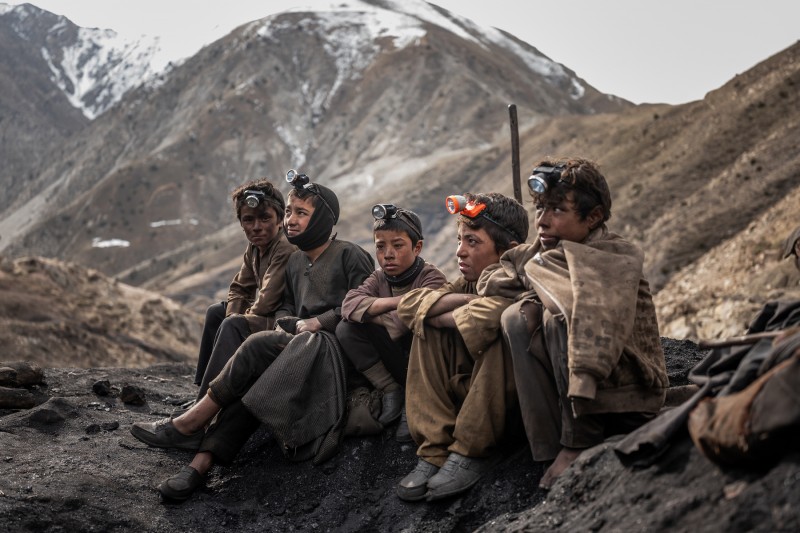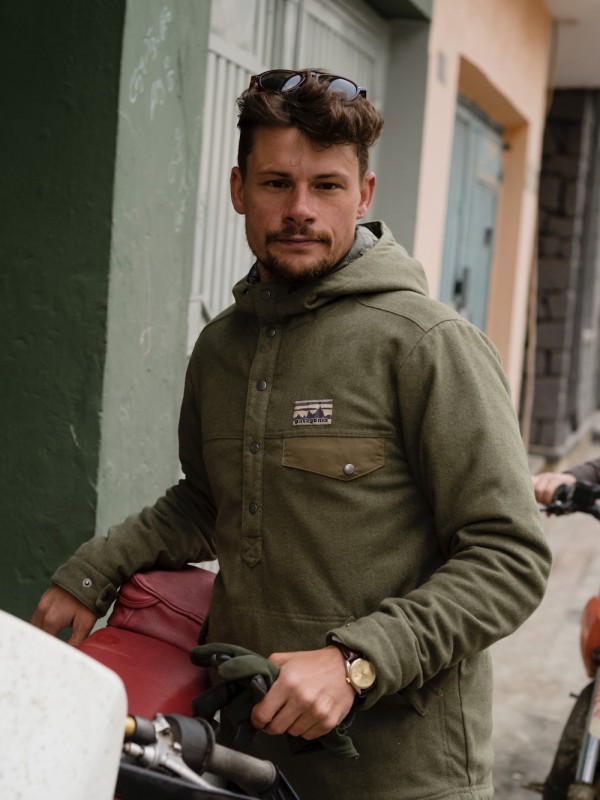Miners in Afghanistan
Miners in Afghanistan
Jim Huylebroek
April 11, 2023
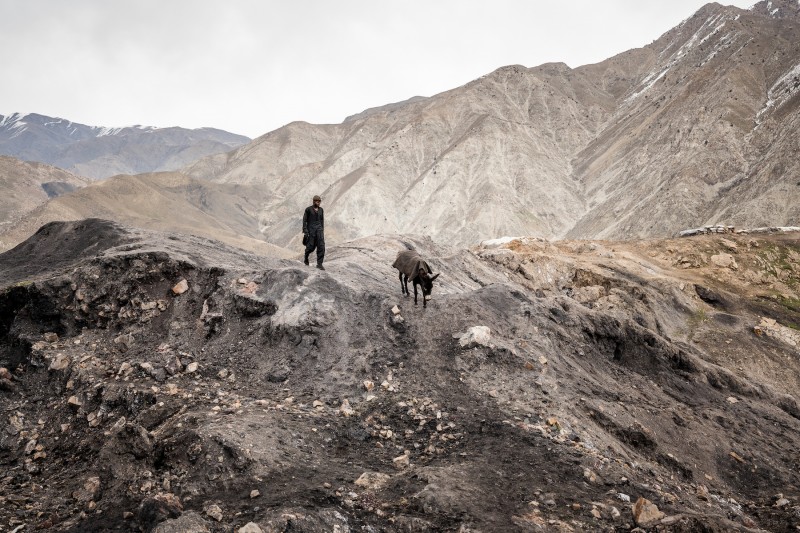
LFI: You've been living in Afghanistan for a few years, how did that come about?
Jim Huylebroek: I moved to Afghanistan while I was in my final year of photography school. I had a few credits that I still needed to get, but I was by that time very eager to get started on my professional photographic journey. I figured if I wanted to get my foot in the door somewhere, I should try and do it somewhere where there is not that much interest but still a lot going on. I had grown up watching the twin towers fall on television, and the subsequent photos coming out of the mountains of Afghanistan, so that place and always fascinated me. By the time the Taliban rolled into Kabul in 2021, I had been living there for almost eight years.
In Afghanistan there's a difficult political situation, led by the Taliban. How did the issue of the mine workers come into your focus?
The mining story has been on my list of things I really wanted to photograph, for a very long time. Strictly visually, in my opinion, it's one of the most compelling environments in Afghanistan, but it has always been very difficult to get access to those places due to insecurity, political issues, etc. So after the Taliban came to power, people desperate for work started flocking to those mines. For us, it was a great setting to tell the story of economic collapse.
What is the situation of the miners, what did you want to show with your pictures?
The situation at the mines was obviously dire. People work in very bad conditions, with very little regard for safety precautions. It was quite clear that the people working there didn’t have many other options. But what really stood out was that a large part of the workforce was made up of children. The mineshafts are very narrow and hard to work in, so children do the majority of the carrying of the coal. So while I was there, I just felt so sorry, or, even more so, angry. How unlucky are these children, some seven or eight years old, to be born where they were born, and to end up the majority of their days in a dark, polluted coal mine shaft, doing hard manual labour at great risk and for very little reward. But they didn’t complain, and they were excited that foreigners had come to visit them and talk with them. We had chats and laughs, and I made pictures. And you think, “I really, really need to do their story justice, show this to the world.” But sadly not much has changed for them.
How was your experience with the Leica SL2 you used for the series?
Using the leica SL2, you just immediately notice the quality of its construction. It feels so much more solid compared to other cameras I use. The materials, the metal body, everything is just on point. It’s not a lightweight camera, but I’d much rather have the strength, the durability. My line of work often takes me into extreme environments, and I feel that the SL2 could deal with it, all day every day.
Jim Huylebroek+-
The freelance photographer from Antwerp, Belgium, moved to Kabul, Afghanistan, in 2015. In the summer of 2021, he was present when the Taliban entered the Afghan capital and the last of the U.S. troops left. Huylebroek was part of the New York Times team that won the 2022 Pulitzer Prize for International Reporting for their investigation of civilian casualties from U.S. Air strikes. He has produced work in Afghanistan, Iraq, Iran, Turkey, Nigeria, Mali, Burkina Faso, Ethiopia, Somalia, South Sudan, Ukraine, Moldova and the Balkans. More

